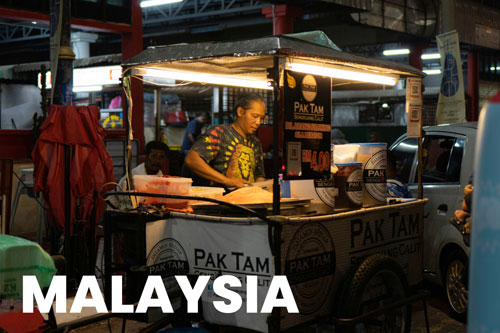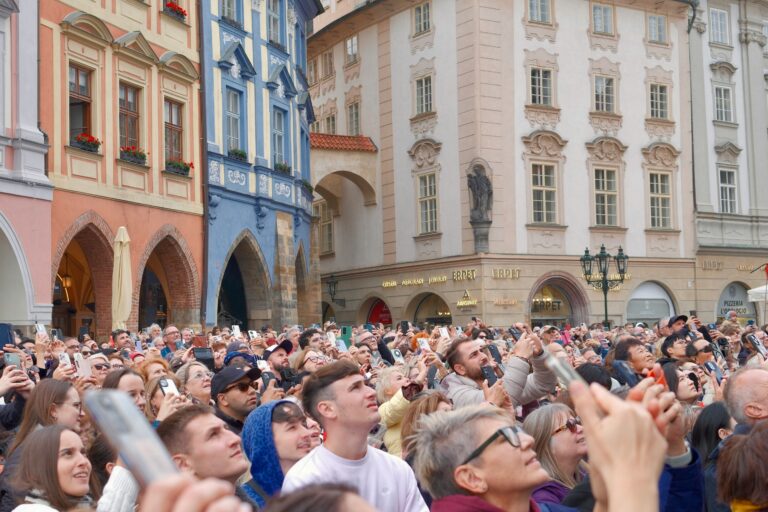High-Yield Tourism Isn’t About Luxury - It’s About Fit
For decades, the term “high-yield tourism” has been shorthand for luxury, five-star resorts, premium experiences, and wealthy travelers. But this narrow definition is rapidly becoming outdated. Increasingly, tourism strategists argue that yield isn’t about how rich a visitor is; it’s about how well they fit a destination’s values, infrastructure, and long-term goals.
In Episode 12 of the High-Yield Tourism Podcast, hosts Gary Bowerman and Dr. Jens Traenhart make a compelling case for this broader, smarter view. Their discussion signals a shift many destinations embrace: high-yield tourism means optimizing for the right source markets and segments, not just chasing affluence.
Beyond Spending: Rethinking “Yield”
The traditional view of yield focuses on spending per visitor. However, that metric ignores essential factors like seasonality, local benefit, repeat visitation, and resource impact. For example, a visitor who spends $500 a day at an all-inclusive resort may contribute less to the local economy than a niche traveler spending $200 but engaging with multiple local businesses.
Modern tourism planners now consider yield a combination of value, sustainability, and alignment. The “right” visitor doesn’t just spend more, they stay longer, travel deeper, and contribute meaningfully to the local economy and culture.
Optimizing Source Markets: Quality Over Quantity
Rather than pursuing generic “high spenders,” destinations increasingly target source markets that offer the best match regarding traveler interests, accessibility, and long-term growth potential.
This often means asking strategic questions:
- Which markets send travelers who align with our natural, cultural, or experiential assets?
- Are there emerging markets underserved by our competitors?
- Which travelers are likely to travel in off-peak seasons?
For example, a destination with strong culinary traditions might prioritize countries with a growing interest in food tourism, even if those travelers spend less per day than luxury tourists. Similarly, eco-tourism hotspots may find more value in partnering with education-focused travel agencies than luxury cruise lines.
Segment Strategy: Microtargeting Over Mass Appeal
Segmenting travelers by interest or motivation rather than broad demographics enables a much higher return on investment. This is where micro-segmentation plays a central role in high-yield strategies.
Niche segments like:
- Culinary travelers seeking local food and traditions
- Halal-conscious female travelers looking for culturally sensitive experiences
- Astrotourists visiting dark-sky reserves
- Digital nomads blending work with extended stays
These segments may be smaller in volume, but they often:
- Spend consistently across diverse local businesses
- Travel independently and avoid peak periods
- Share experiences widely on social media and blogs
- Engage with cultural products and community initiatives
Destinations that understand and cater to these niches build resilience and reduce dependency on mass tourism.
Destinations that understand and cater to these niches build resilience and reduce dependency on mass tourism.
Why This Shift Matters Now
The post-pandemic era has exposed the vulnerabilities of traditional tourism models. Over-tourism, seasonal spikes, and infrastructure stress are now top concerns. In this context, quality over quantity isn’t just smart; it’s necessary.
Optimizing for high-yield travelers means:
- Reducing leakage (when money leaves the local economy via foreign-owned businesses)
- Spreading benefits geographically, beyond capital cities and flagship attractions
- Fostering local entrepreneurship in food, culture, and outdoor activities
- Mitigating environmental pressure by managing flows rather than maximizing numbers
Governments and DMOs increasingly adopt data-driven planning tools, analyzing traveler behavior, conversion rates, and satisfaction to tailor their messaging and infrastructure.
Real-World Applications
Several destinations offer examples of this approach.
Each of these strategies aligns with a broader definition of yield, where the goal isn’t just spending but sustainability, satisfaction, and shared value.

Malaysia has leaned into halal gastronomy tourism, recognizing the growth of Muslim-friendly travel as both a high-value and culturally aligned segment.

Saskatchewan, Canada, used a segmented marketing plan to target domestic travelers based on lifestyle, interests, and regional appeal rather than blanket promotions.

Thailand promotes its cultural “soft power” through food, music, and media, attracting fans of Thai culture globally rather than only focusing on high-end beach resorts.
Moving Forward: Capacity, Not Just Demand
It’s not enough to identify valuable travelers; you must be ready for them. That means aligning tourism strategies with capacity building: training local businesses, developing infrastructure, and preserving natural and cultural assets.
This is where destination marketing meets destination management. High-yield tourism is not a campaign; it’s a long-term commitment.
Final Thought: Fit Beats Flash
The era of associating “high-yield” with luxury is fading. Today, the most successful destinations are those that understand their unique appeal, select their audiences wisely, and build tourism ecosystems that benefit not just visitors but locals, businesses, and the environment.
High-yield tourism isn’t about attracting the richest, it’s about attracting the right people.
Additional Resources
🎧 Tune in to the High-Yield Tourism Podcast for expert insights and real-world case studies.
👉 Browse Episodes
more insights

The AI Divide in Tourism: How Big Data Is Leaving Small Operators Behind
The AI Divide in Tourism: How Big Data Is Leaving Small Operators Behind Artificial intelligence (AI) and big data are transforming the tourism industry. From

Introducing The Strength-based Strategy Framework To Drive High-Yield Tourism
Introducing The Strength-based Strategy Framework To Drive High-Yield Tourism How an Adapted Business Model Is Revolutionizing Destination Planning: From Volume to Value soar /sɔː/verb: achieving

Beyond Boom and Bust: Rethinking Tourism Policy for Sustainable Growth
Beyond Boom and Bust: Rethinking Tourism Policy for Sustainable Growth Tourism is often hailed as a key driver of economic growth, cultural exchange, and local
High-Yield Tourism
68 Circular Road #02-01
Singapore 049422
Email: hello@highyieldtourism.com
Sign-up to receive updates about High-Yield Tourism, industry news, and reports.
